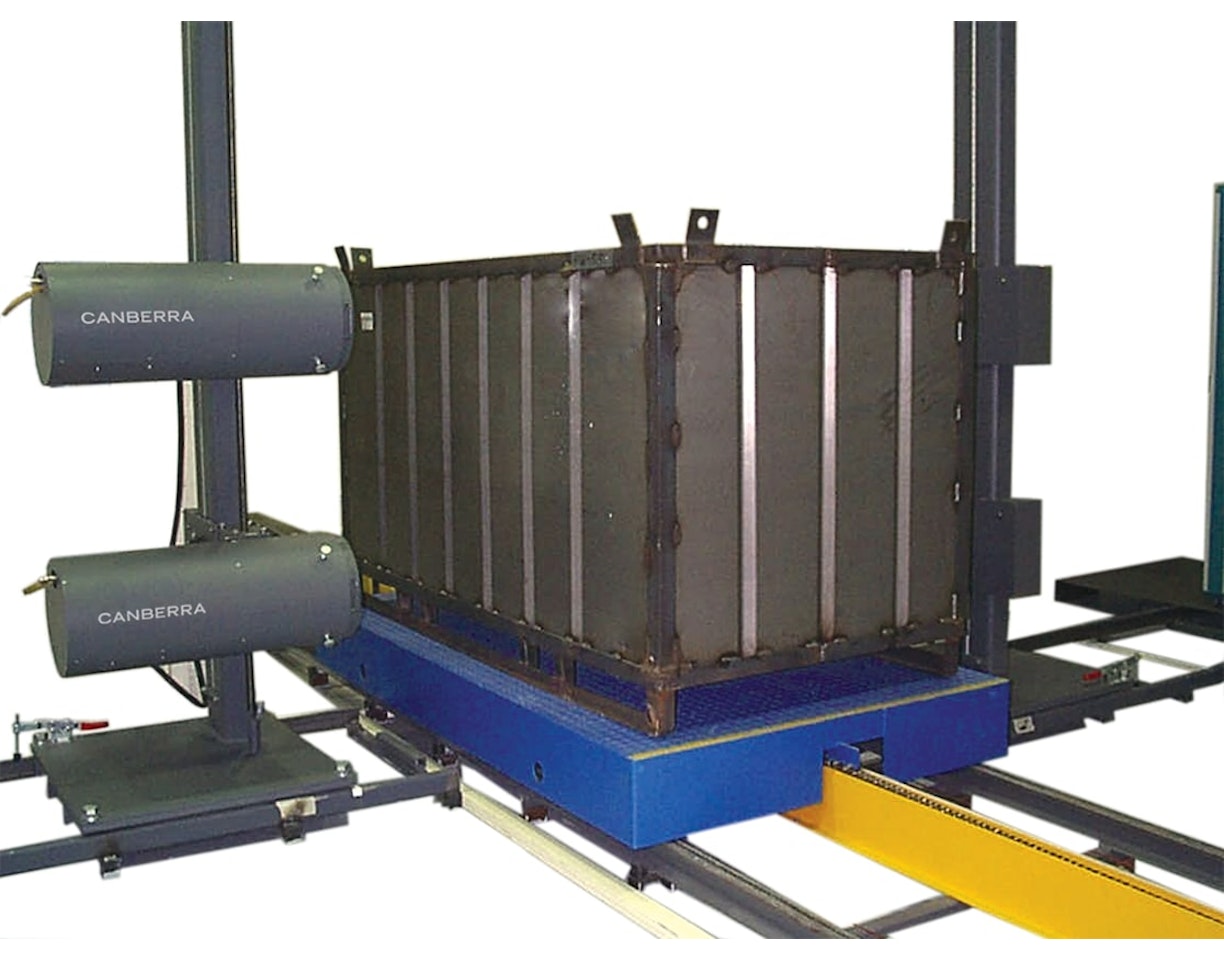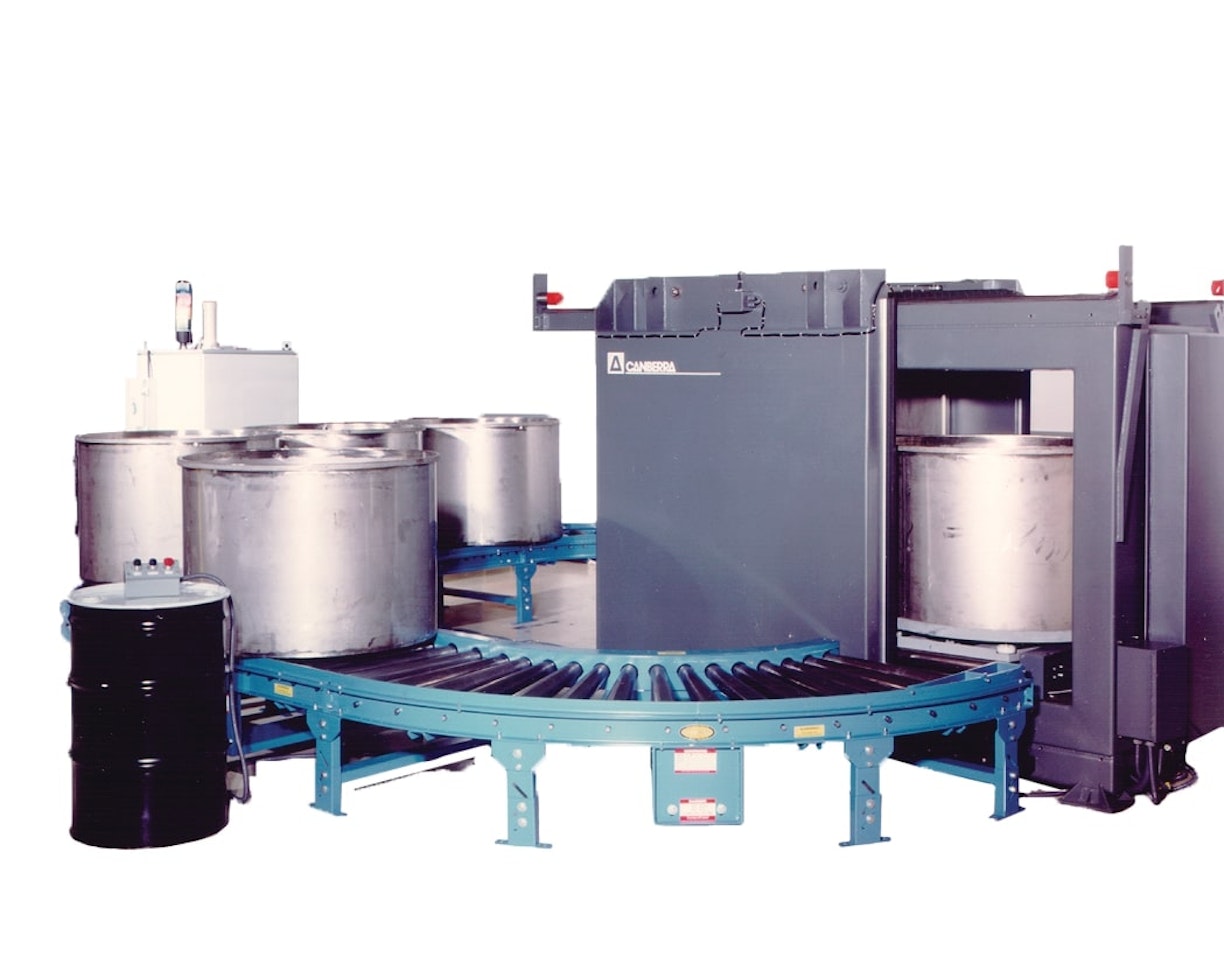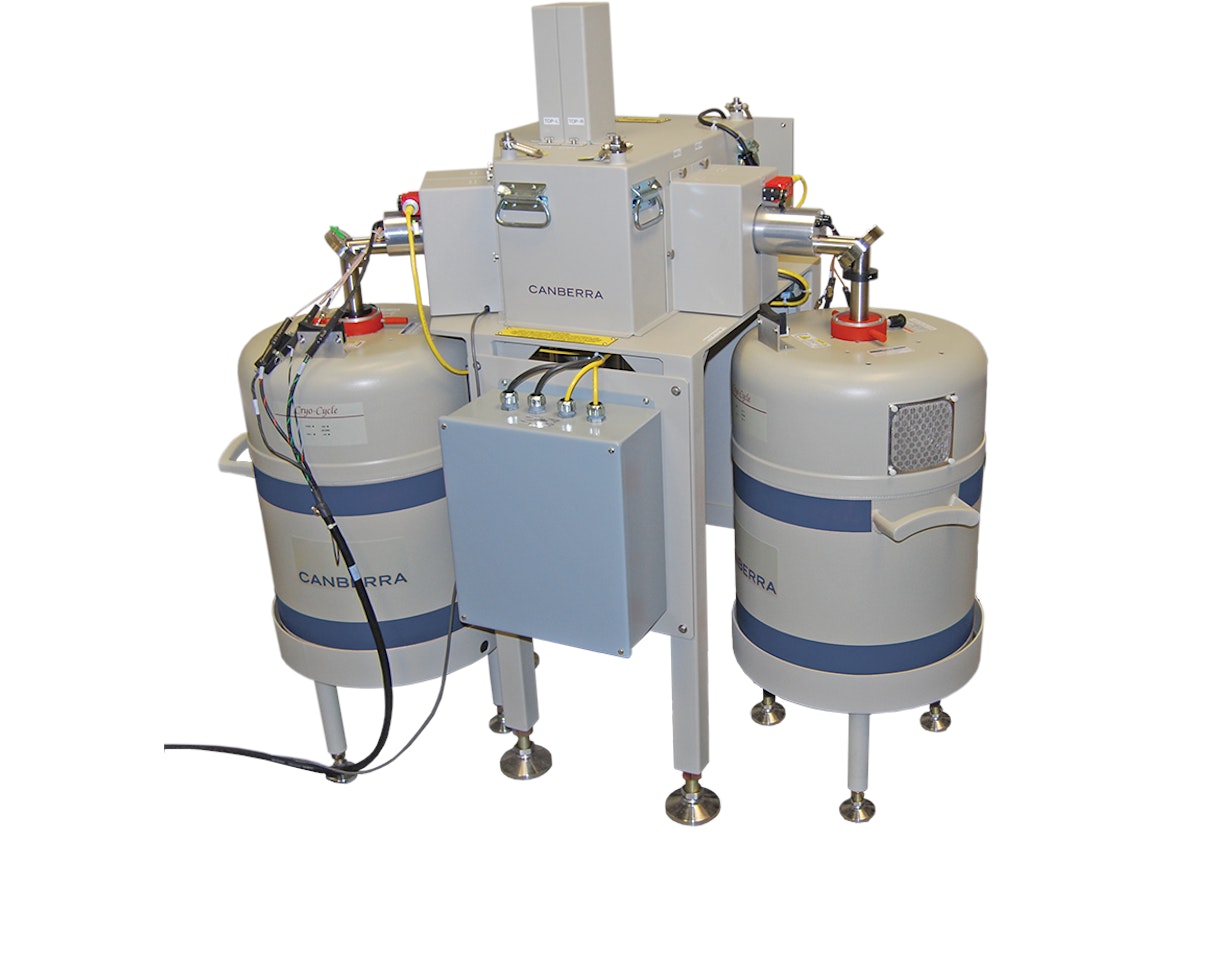Description
Hybrid K-Edge Densitometry (HKED software) is a highly accurate non-destructive analysis technique used to determine the uranium and plutonium concentrations in dissolver and product solutions as an alternative to chemical (destructive) analysis. The HKED technique is utilized in the fuel recycling process, typically in production, on-site laboratory, and research environments. The technique uses results from two measurements performed simultaneously providing both a K-Edge transmission (KED) measurement and an X-Ray Fluorescence (XRF) measurement of the sample. The HKED software automates the process of measuring and analyzing samples by controlling the HPGe gamma detectors, and ancillary equipment when needed. The analysis is integrated into the software and conforms to the currently accepted algorithms referenced in the international standard ISO 134641. Mirion's experience with the application and the software dates back to the original development of the technique through close collaboration with the originators. The original HKED software is VMS-based, but with increasing concerns for the obsolescence of this platform, a new PC-platform based software has been developed.
The new software has an easy-to-use graphical user interface for all functions, including setup, calibration, sample measurement, and system maintenance. Although not directly visible to the user, the algorithms used in the analysis remained unchanged in order to ensure traceability of results. Also not directly visible is the underlying architecture of the software which allows for the future addition of new analysis algorithms when needed.
The following section highlights some of the software function and performance.
The HKED software is based on a client-server architecture where the client is a relatively small application that contains the user interface that communicates with a server that contains the main control and analysis parts of the software. The client may be on the same computer as the server or it may be on a different computer. The above screen shows the main user interface of the HKED software. The interface offers functionality and displays information in an intuitive fashion through a Title and a Menu bar, and through panels for Navigation, Spectral view and control, and Message and Device display. The spectral view panel is known as MVC for MCA (Multi-Channel Analyzer) View and Control and is the main display during measurements for viewing the sample spectra from both the KED and XRF detectors. The software is designed to promote an easy flow of the logical progression of operations including Setup, Measurement (or Assay) and Analysis, Calibration, and Data Review. By allowing different user types based on the Windows login, the software can control access to these various functions by assigning privileges based on whether the user is an Operator, an Analyst (data review), a Manager, or Administrator.
Key Customer Benefits
- Fully integrated operation, measurement, calibration, and analysis capability for HKED systems
- Ease of use for setup and operations reduces facility burden on training and reduces risk of operator error
Applications
- Nuclear Safeguards; On-Site Laboratories
- Process monitoring; fuel recycling and fuel fabrication facilities
- Research, Development, and Training Laboratories




